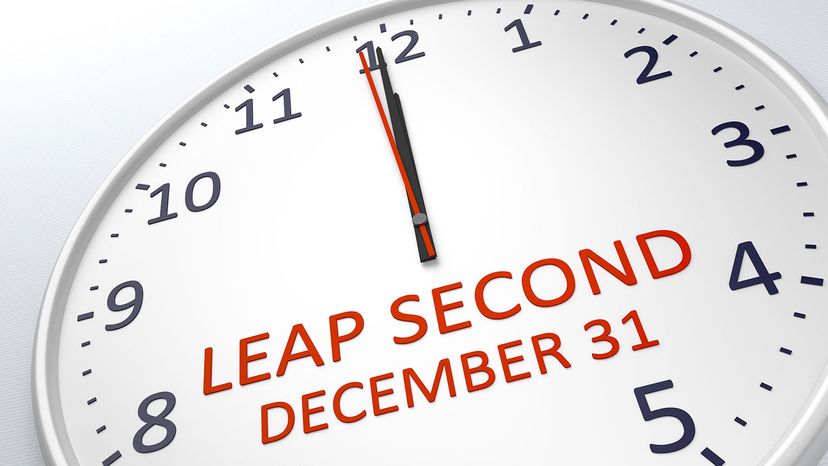Why were leap seconds added to our timekeeping process in the first place? The addition of a leap second here and there was meant to bridge the difference between measurements of atomic and astronomical time. The truth is, Earth doesn't actually spin around its axis at the same rate in every 24-hour cycle, yet our timekeeping devices track the same exact 24 hours in a day, down to the same measurement of 86,400 seconds. The problem between our measure of timekeeping and the reality of time passing occurs because Earth's rotation is rarely completed at the same rate as our 24-hour clocks.
There are daily and even seasonal cycles that cause Earth to have more — or less — time in each day. Since the year 2000, for example, a chart tracking changes to Earth's rotation rate shows that in the last few years it has been rotating faster after spending nearly two decades slowing down. On June 29, 2022, Earth even set a record for the shortest known day, completing one rotation in 1.59 milliseconds less time.
In addition, natural disasters can cause Earth's rotation to speed up. Seismic activity can be another factor. After the 2004 earthquake in Indonesia and neighboring countries along the coast of the Indian Ocean, NASA's Jet Propulsion Laboratory scientists recorded a three-microsecond increase in Earth's rotation. In 2011, after the Tōhoku earthquake that shook Japan with a magnitude of 8.9, Earth's rotation sped up by 1.8 microseconds.
Confusing as it seems, despite Earth's increase in rotation speed over the last several decades and after a series of natural disasters, Earth's rotation has actually been slowing down. The reason for this miniscule-yet-impactful slowdown over millions of years is largely due to Earth's gravitational pull, which creates a slight convex "bump" on Earth directly underneath the moon. This difference between the highest point of our planet's bump and the moon's pull creates torque — the force that attracts two objects closer — on both Earth and the moon, slowing Earth's spin.
Other factors that can impact Earth's rotation and cause it to become slower include the sloshing of our oceans and the gusts of our winds. During the years in which El Niño winds occur, Earth spins slightly slower because of the shift in winds.

